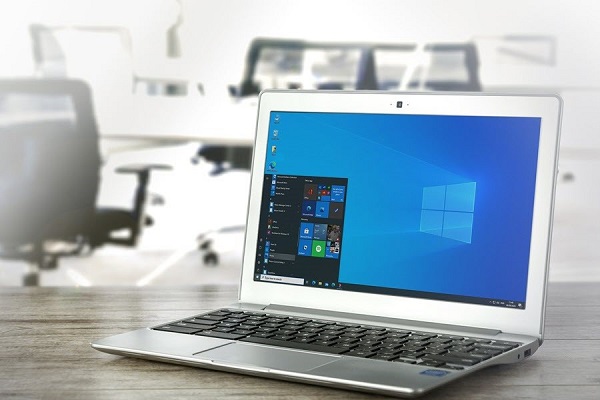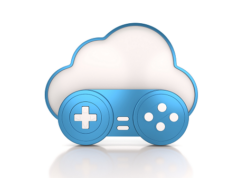Last Updated on
When you visit any website, chances are you have seen different elements. For example, contact forms, a clock, a help button, a weather display, calendars, etc. These elements are different types of widgets added to enhance page interaction and customer engagement. Keep reading to know more about widgets, their types, benefits, and lots more associated facts.
What are Widgets?
Widgets are easy-to-use and small third-party applications embedded into a website, mobile device screen, or desktop. These applications can be easily added to the website body without changing backend coding. They work with actual website data to provide certain information and functionalities. Widgets can be customized to react to a website identity.
How Do Widgets Work?
Widgets are often used to add functionality and interactivity to websites without requiring advanced programming skills. A small section of code snippets can be easily inserted into any blog post or web page to show some information about a widget or perform a particular function. The look and behavior of widgets can be customized based on the needs.
Tips to Add Widgets
Use the widgets panel to add widgets. Open the widgets panel by pressing the Window key and W. Choose the plus (+) icon at the top. Again, select plus beside the required widgets and close the appearing window. Wondering how to add a widget to the Windows desktop? It’s simple. All you need to do is open the app, choose a widget, and pick the Launch Widget option.
Uses of Widgets
Widgets can be used for user engagement, provide useful insights, and make a website more interactive. Web widgets can improve customer service efforts and provide an excellent user experience. This will eventually bring increased website traffic and maximize business success. Other reasons why widgets are widely used include –
- Free and Easy-to-Use
Widgets are independent applications that can be easily and quickly installed based on the requirements. They are not major changes to the website design and functionality. They can be embedded without requiring downtime or without putting a website in maintenance mode. Most widgets are free and instantly available for use, premium widgets are also available.
- Strategic Business Decisions
As mentioned above, widgets help improve the way users interact with a website. User interaction helps in gathering data about existing customers and potential customers. This data can be used for strategic business decision-making and improving websites or business strategies.
- Monitor and Analyze
In the Microsoft Build 2023 conference, widgets were introduced as advanced features in Windows 11. Widgets will help in keeping track of the computer performance from the widget panel. These widgets allow users to monitor RAM, CPU, GPU, and other resources that impact system performance.
- Highly Customizable
Although widgets perform things they’re designed for, most widgets can be customized to meet your needs. Most can modify the look to a specific level while some have settings to control what the widgets show and their behavior. This means that you can use widgets irrespective of your website theme or type.
- Functional Boost
Adding widgets on the website not only improves the website’s appearance but makes it do things it could not do before. Widgets enhance the functionality of a website and help automate some procedures. For example, improving customer service, providing workers with more quality time to focus on maximizing productivity, and more.
- Engage and Interact
Widgets can make a website more interactive and appealing to users. Based on the widget you’re adding, you can give users more content. Since most widgets are interactive, they can lead to increased engagement. The more time visitors spend on your website, the more you’re likely to convert them into potential leads.
Examples of Web Widgets
Website widgets can be hosted on the same server or a third-party server. Social media widgets show the latest posts, feeds, and updates from social media accounts. The form widget allows visitors to submit their data or sign up to get a newsletter. Language-adaptable, calendar websites, maps, contact forms, and search widgets are other common examples.
How to Select the Apt Widget?
Typically, three to four widgets are enough to increase your website functionality. Too many of them can slow down website loading time and make a website look cluttered. To maximize the benefits of using widgets, choose the right widgets.
Understand your audience and their requirements. Use those widgets that offer real value to the audience and align with your goals. Prioritize responsive widgets and evaluate them before adding them to your website.
Conclusion
Widgets are useful if you wish to upgrade the functionality of your website, monitor system performance, and improve user experience. By understanding the functions of different types of widgets, you can add them seamlessly to your website. This way, you can stay ahead in the online landscape.















